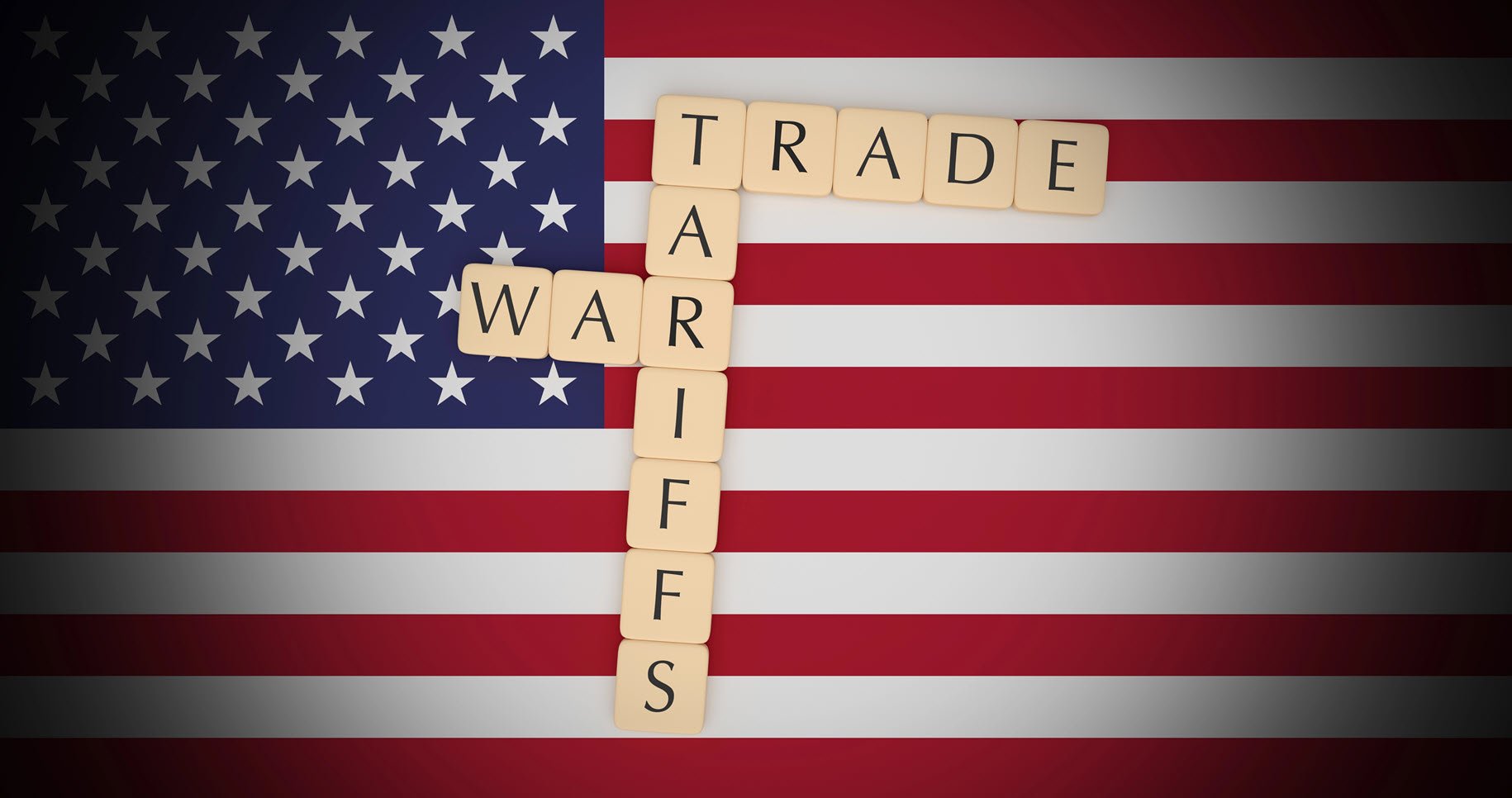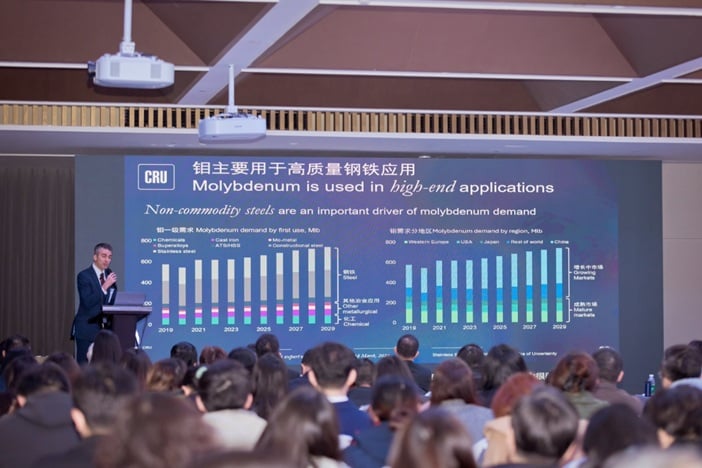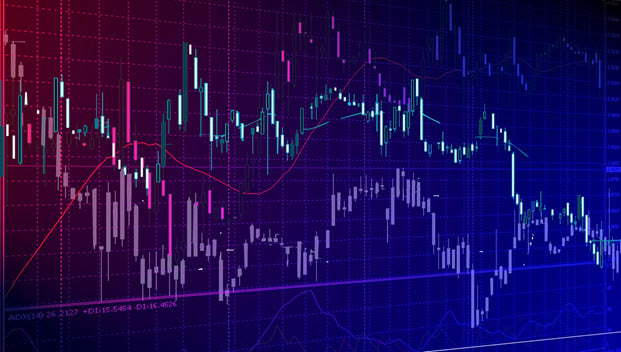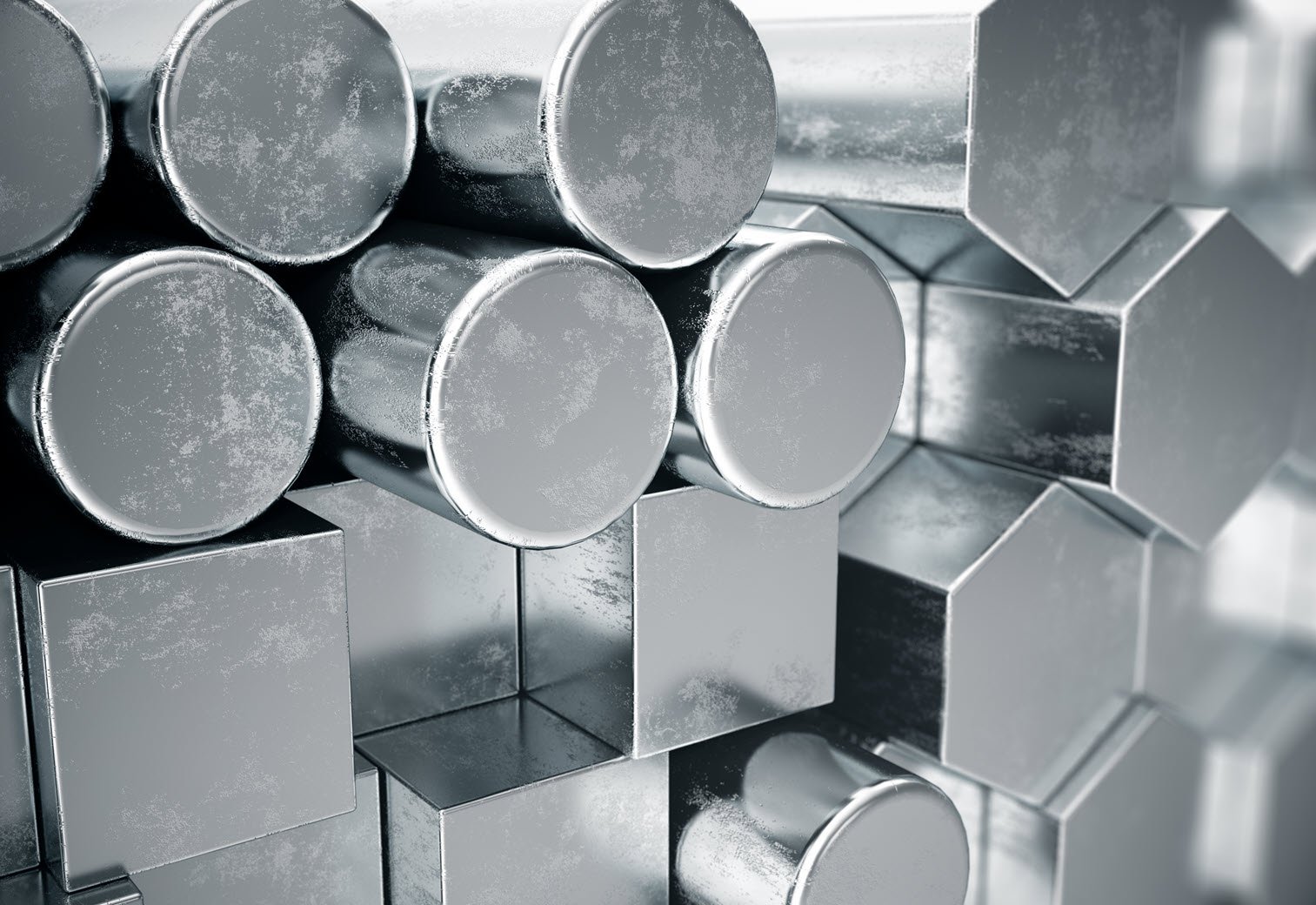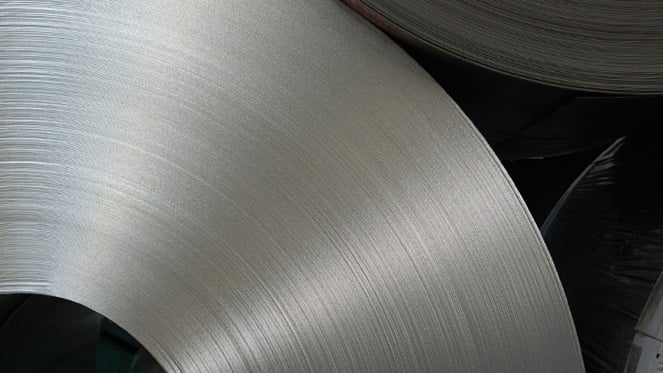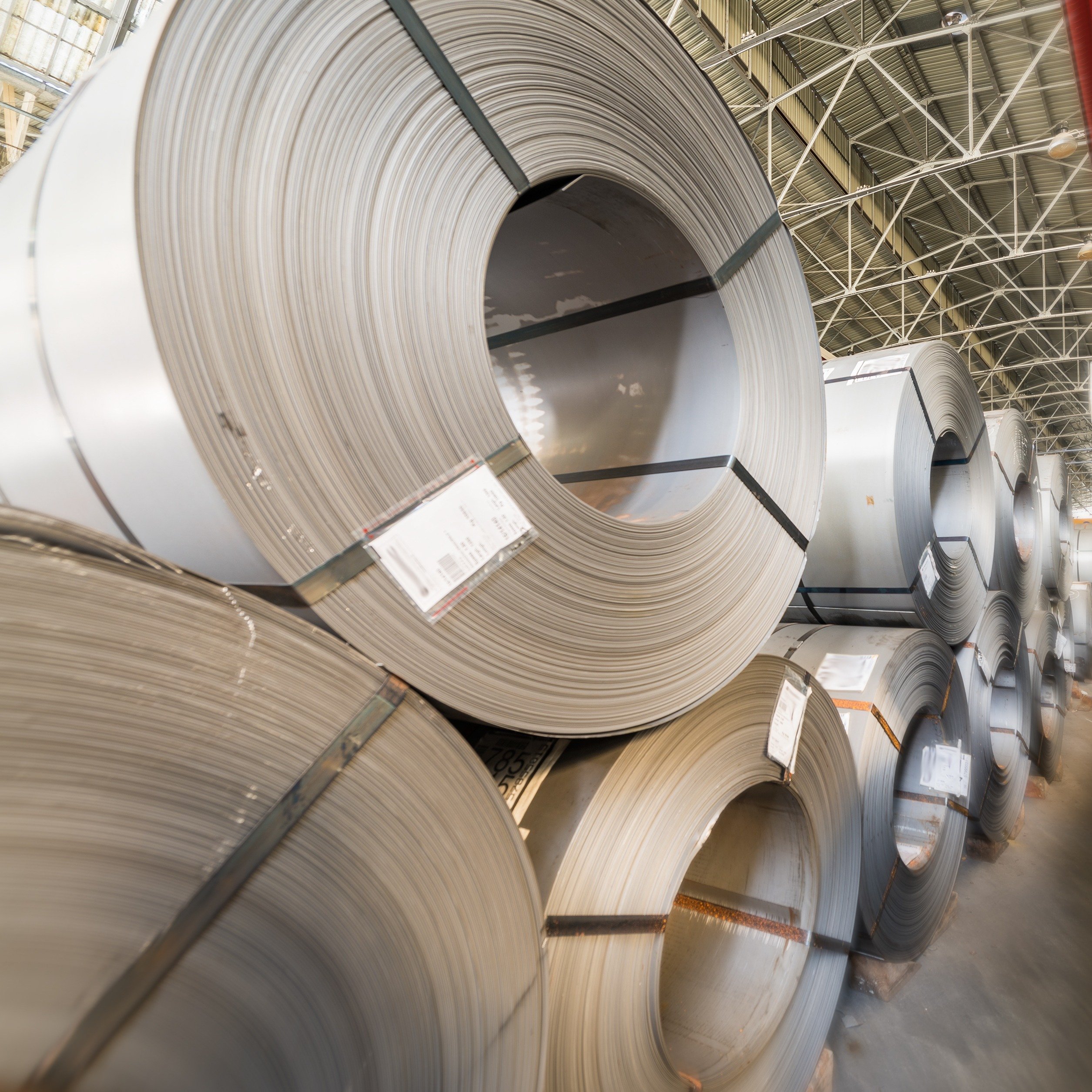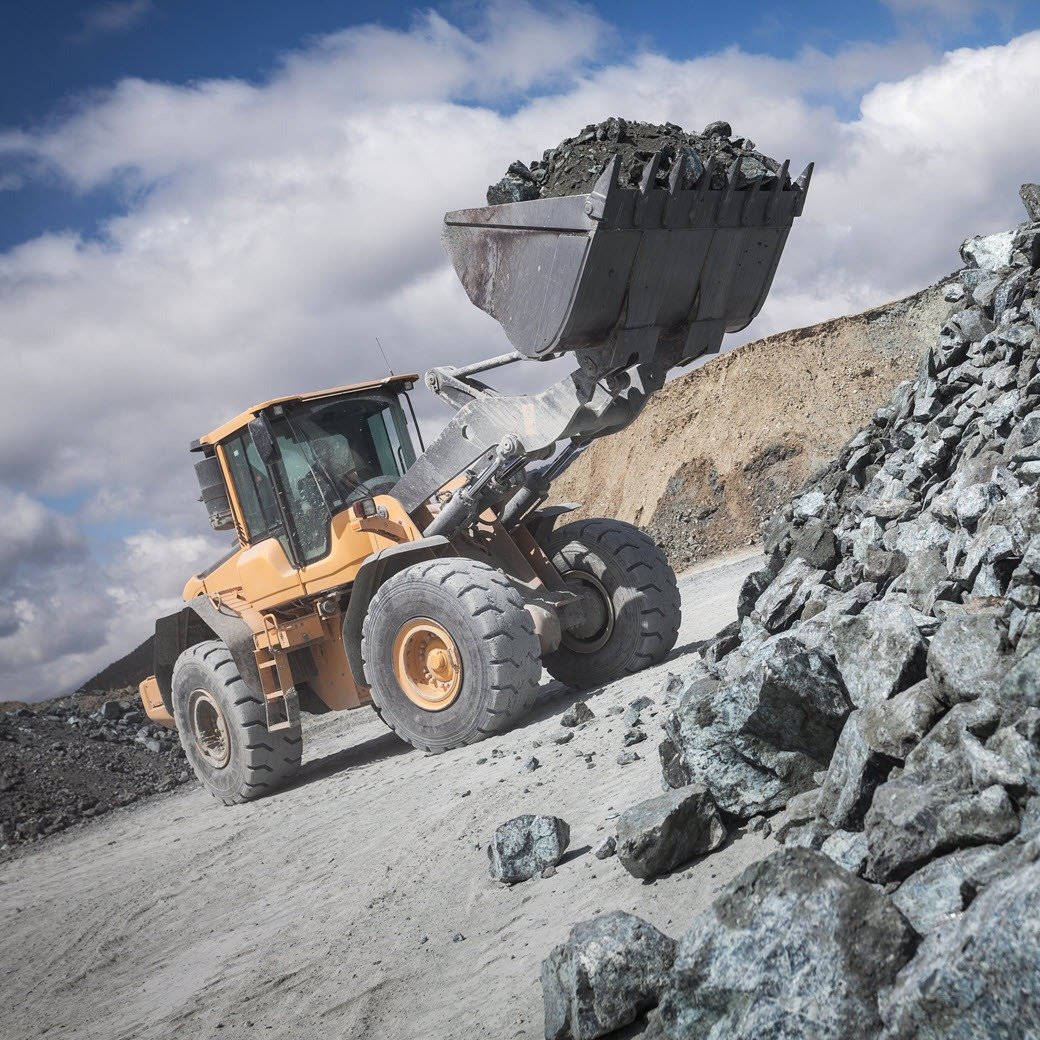Vanadium demand in China will rise as 2024 Chinese rebar standards call for increased vanadium intensity and vanadium battery demand rises swiftly, leading to a domestic supply gap beyond 2025 if no new supply comes online.
Looking beyond the 2024 vanadium oversupply situation in China, which was exacerbated by the domestic real estate slowdown, CRU forecasts the vanadium market to be bullish over the next few years. Although supply was sufficient last year, the implementation of new rebar standards in September 2024 has led to increased average vanadium usage in rebar. This, coupled with the surge in battery demand – fuelled by the rising popularity of vanadium redox flow battery (VRFB) installations – is expected to become a key growth catalyst post-2026.
Without capacity increases, China is expected to once again become a net importer of vanadium by 2026. This was last seen in 2018 during the market reaction to a similar change in construction standards. This Insight considers the highlights from CRU’s newly published China Vanadium Market Special Report .To learn more about this report contact us today.
Reinforcing steel bar (rebar) is used to strengthen concrete structures, while vanadium additives increase rebar yield and tensile strength. However, it is not just the total volume of rebar that is a determinant of vanadium demand, as intensity of use can vary by grade and manufacturer.
There has been a long history of tighter specifications for rebar used in building construction, spurred on by natural disasters. Firstly, strength and grade standards were set and then progressively tightened, all the while making the use of vanadium micro-alloying more prevalent across the rebar industry. Today, China’s heavy-duty construction projects require exceptionally strong rebar with higher vanadium content (mostly in Grades 3, 4 and 5).
Chinese steel rebar demand presently accounts for around 40% of global vanadium demand compared to 46% in 2020, as rebar production has declined by 5–7% per year over the last four years, against a backdrop of a falling domestic real estate market.
Furthermore, the outlook for Chinese rebar demand and production is expected to continue being poor, coupled with negative growth, although at a less severe rate. However, the introduction of new rebar standards in China could change the dynamics of the vanadium market. CRU does not expect the impact of new standards to be as significant as that which occurred in 2018–19, when rebar production was booming and vanadium prices spiked, but it is still likely to be consequential for vanadium market prospects.
To analyse the impact of these standards, we model three forecast scenarios in CRU’s China Vanadium Special Report.
- Scenario 1: A repeat of the 2018 standards revision, resulting in a two year increase of 18 kt V .
- Scenario 2: Intensity by grade is relatively unaffected, but non-compliance becomes negligible. Under this scenario, the new standards will increase China’s vanadium demand by around 8 kt or almost 20% until 2026.
- Scenario 3: Impact on intensity is non-existent, with only slight intensity creep observed. The major vanadium demand driver is rebar production volume.
You can gain further insight on vanadium market through our Vanadium Market Special Report 2024. To learn more, contact us today.
Loopholes in China’s rebar standards have been closed
The Chinese rebar standards implemented in September 2024 aim to increase adherence by transitioning from a 'recommended' status to a 'mandatory' requirement under the law . In addition, a new type of anti-seismic rebar – HRB600E – has been added to these standards, which is strong and ductile to withstand earthquakes. HRB600E refers to hot-rolled ribbed steel bar with seismic (earthquake) ductility and 600 MPa yield strength
CRU's analysis of the Chinese rebar market suggests that a potential decrease in non-compliance with rebar standards in China could result in a higher average vanadium intensity in rebar. This increase is expected to compensate for the decline in total rebar production as demand for vanadium in China increases by ~ 20% over the next two years. While this is more modest than the impact of changed standards in 2018, it is still consequential for the market, with tighter market balances expected.
Tightening of vanadium supply demand balance likely to drive prices higher
Global balance of market risk for vanadium is gradually moving to the upside, with CRU forecasting rising prices in the future. Vanadium use in other steel areas (about 14% of total global vanadium demand) will continue to increase in high-strength low alloy steel (HSLA) and modest volume increases are also forecast in aerospace and chemicals from low bases.
The risk for vanadium demand outlook further leans towards the upside. This is due to the potential of increased stimulus from the Chinese government impacting infrastructure projects and housing construction; as well as long-term prospects for vanadium use in vanadium redox flow batteries (VRFB).
By the end of this decade, growth in vanadium demand will come from a rise in VRFB. The Chinese government recently announced a new production target for VRFBs, aiming to reach a 12 GWh annual capacity by 2027. This will lead to a large increase in vanadium demand from batteries. While vanadium demand in steel alloys will rise in 2025 due to shift in Chinese rebar standards, in medium term growth in vanadium demand is likely to come from battery manufacturing. We recently discussed our medium term outlook for vanadium market with Investing News Network – to learn more, see Vanadium Market Forecast: Top Trends for Vanadium in 2025.
From a supply perspective, China is by far the largest producer of vanadium, accounting for 65% of global supply in 2023. Without significant supply additions from China or ex. China, CRU expects the market to head into a deficit after 2025. Furthermore, vanadium is considered a critical mineral by many governments, including China, the EU and US. Prospects for supply to increase in the western world largely depend upon vanadium being supplied as a by-product. CRU’s China vanadium market report also examines the impact on prices and considers the potential threat of substitution from niobium.
As a result, there are major uncertainties for consumers and traders with the market expected to become more tightly balanced over the medium term, which could give rise to renewed price volatility. Producers, project developers and financiers can also expect to see more opportunities for vanadium projects. From a government perspective, the role of vanadium as a critical mineral may also come under the spotlight.
For more CRU Consulting Insights, see the recent Mission critical: Closing the supply gap for materials that will shape our future - CRU Group. CRU can help its customers navigate these markets through its pricing services, special reports and consulting projects. Contact us today to improve your business strategy and drive informed decision-making.






